Hamadan old land of civilization, pristine nature

Hamadan is one of the oldest cities in Iran and is the first capital of the first empire of Iran, the Medes. Hamadan is home to many poets and cultural celebrities, apart from this, dozens of sights and historical places in this city confront us with one of the most historic cities in Iran and in the world.
Hamadan has special and famous sights and tourist attractions that are suitable for a pleasant trip in spring.
The geographical conditions of Hamadan have made this city have a pristine and unique nature.

The province is also well known for handicrafts such as leather, ceramics, and carpets.
Hegmataneh (Ekbatana)
A site not to be missed during a stay in Hamadan is the excavations of Hegmataneh (Ecbatana) and its museum.
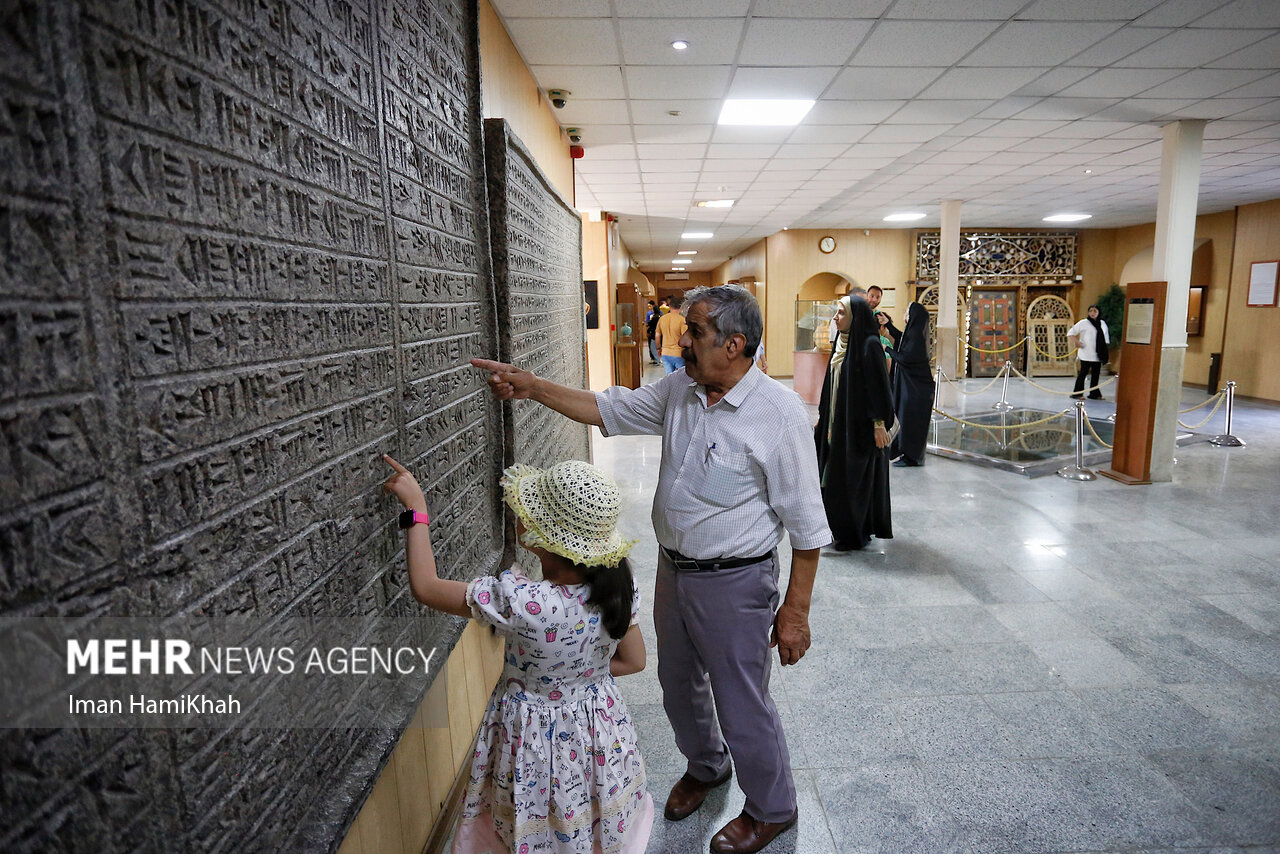
This ancient city was the first capital of the Aryans and, along with Athens in Greece, Rome in Italy, and Susa in Khuzestan, is one of the few ancient cities in the world that still survives and is important.

The Median kingdom was founded in the 8th century BC by Deioces or Dia-oku and Hegmataneh was built as a Capital.
Hegmataneh is the largest archaeological site in Iran, a treasure laid bare at the end of the 20th century which allows you to discover the ancient and almost perfectly geometric city.

One can admire their houses built back to back and similar to each other and perpendicular streets.
In the museum dedicated to the excavations, many Achaemenid, Sassanian, and Median objects are exhibited and offer a real plunge into the past, to the time when Ecbatana was still the capital of the Median kingdom and one of the most influential cities in the world.

Ganjnameh Inscriptions
Geographically located southwest of Hamedan, Ganjnameh inscriptions are the historical monuments dating back to the Achaemenid era.
They were inscribed on Alvand Mountain at the end of Abbas Abad Valley. These inscriptions are in 3 columns of 20 lines and are written in three languages of Old Persian, Neo- Elamite, and Neo- Babylonian.
By looking at the inscriptions, you would definitely feel the magnificence of the history.

Next to the Ganjnamhe inscription, there is a waterfall that is full of water in every season. This really adds to the beauty of the environment.
World’s largest water cave
As one of the biggest attractions of Hamadan province and the world’s largest water cave, Alisadr is ranked among the most popular sites of Iran with thousands of visitors year-round, especially in spring and summer.
This cave is located in Kabood Ahang, a city 60 Km from Hamadan. The distance from Kabudarahang to Alisadr Village is 50 Km. This cave is located on the elevated lands of Sari Qieh, meaning the yellow rock.
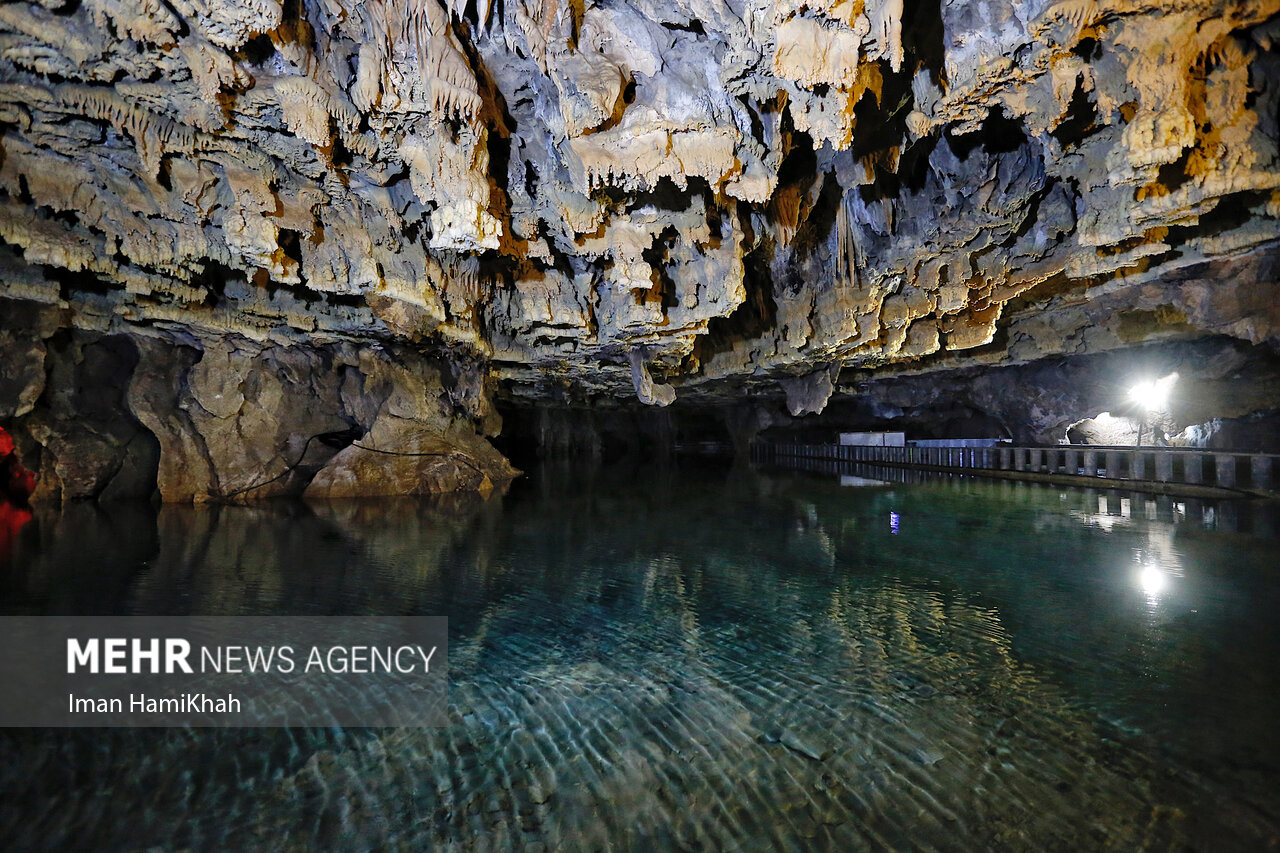
Alisadr cave has too many water halls and a wide variety of beautiful features such as stalactites, stalagmites, and carst deposits with various forms.
This with about 2400 M in cave boating is the biggest cave in the world in this respect. This cave has a lasting exploitation and protection management system.
Tomb of Baba Taher
The tomb of Baba Taher Oryan is a memorial building of the contemporary era. It is located on a raised ground in the northwest of Hamedan city in Baba Taher Square.

Baba Taher lived in the 11th century. He was one of the great poets and mystics of his time
Avicenna Mausoleum
Avicenna mausoleum is the memorial monument of a famous Iranian philosopher, scientist, and physician. This monument is located in Abu Ali Sina (Avicenns in Persian) square in Hamedan.
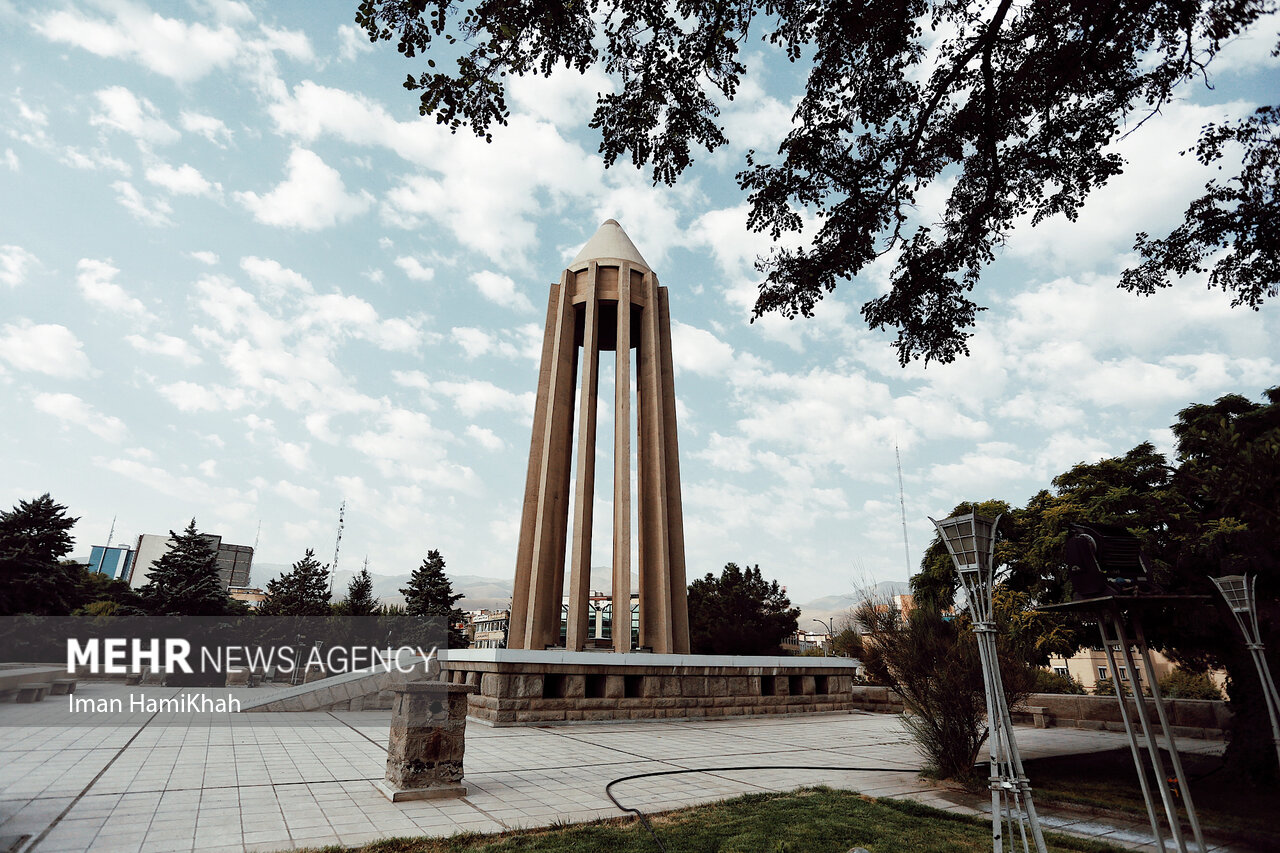
The convenient location of this historic square and also easy access to it, attract many people who pass through the city of Hamedan to visit this mausoleum.
Avicenna’s fame in medicine and philosophy has made him a global figure. Therefore, the number of tourists who travel to visit the mausoleum of this great philosopher is significant.
Shir Sangi, Median stone lion
The stone lion of Hamedan (Shir’e Sangi) is a historical monument in Hamedan, west of Iran. The stone lion, one part of the ‘Lion’s Gate’, sits on a hill where a Parthian-era cemetery is said to have been located.
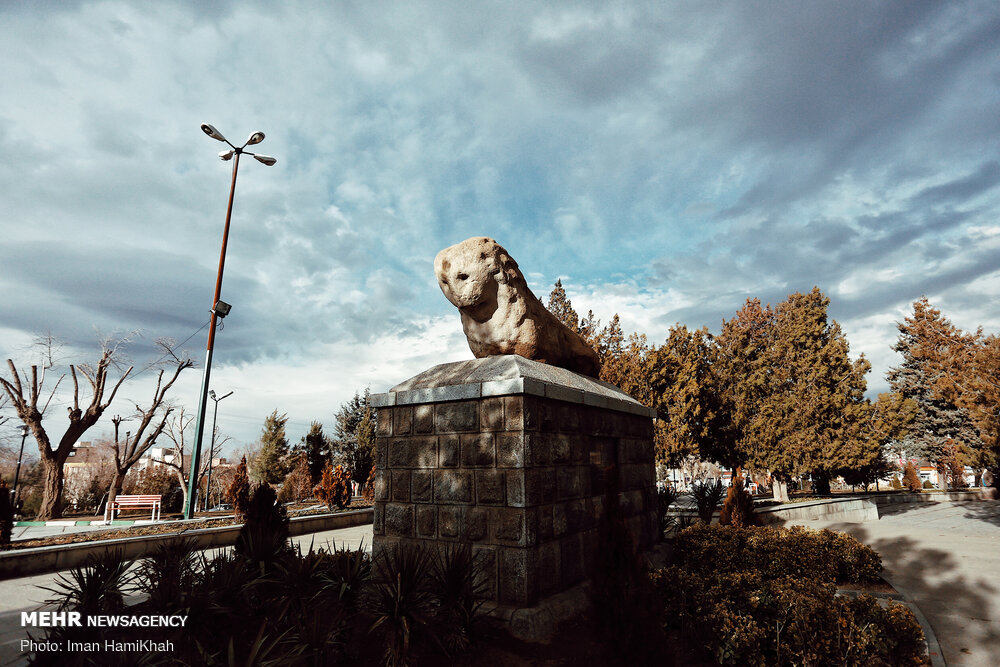
When first built, this statue had a twin counterpart for which they both constituted the old gate of the city. The gates were demolished in 931CE as the Daylamids took over the city. Currently, this statue is located in the park and square of Sang Shir and is held in great respect by the people.
It is 2.5 meters long, 1.15 meters wide, and 2.2 meters high in its front part and its present form represents the battered image of a legless, couchant lion carved out of yellow sandstone.
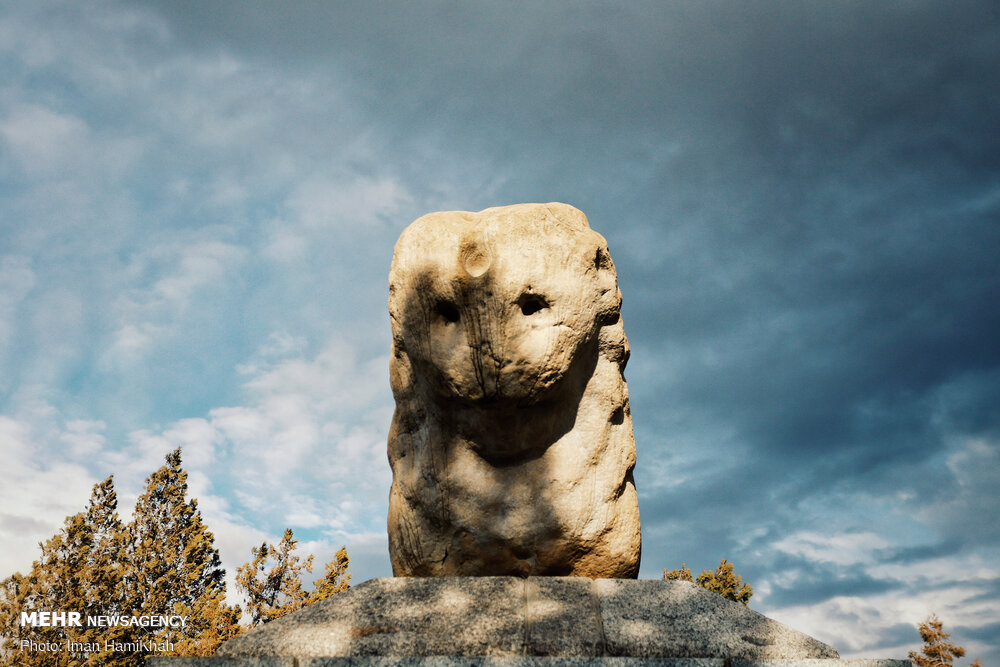
There are various theories as to the history of this statue. While some accounts denote the statue to the first Iranian dynasty, the Medes, others attribute it to the Parthian dynasty since it was found over a mound that consisted of a Parthian cemetery.
Iran’s Cultural Heritage Organization reports that the lions were first thought to have been built by the orders of Alexander the Great to commemorate the death of his close companion Hephaestion.
Lalejin; the pottery capital of world
Lalejin, a city in the northwest of Iran’s Hamadan province, is known as the world’s capital of pottery, one of the first human artefacts and the objective representation of handicrafts in the minds of all people.
The small town of Lalejin celebrated its designation as the World Pottery Capital by the World Crafts Council in 2016.

Around 80 percent of Lalejin’s population are potters, ceramists and involved in related jobs. Undoubtedly Lalejin is one of the important centres of pottery and ceramic production in Iran.
Reported and compiled by Marzieh Rahmani
source: en.mehrnews.com





